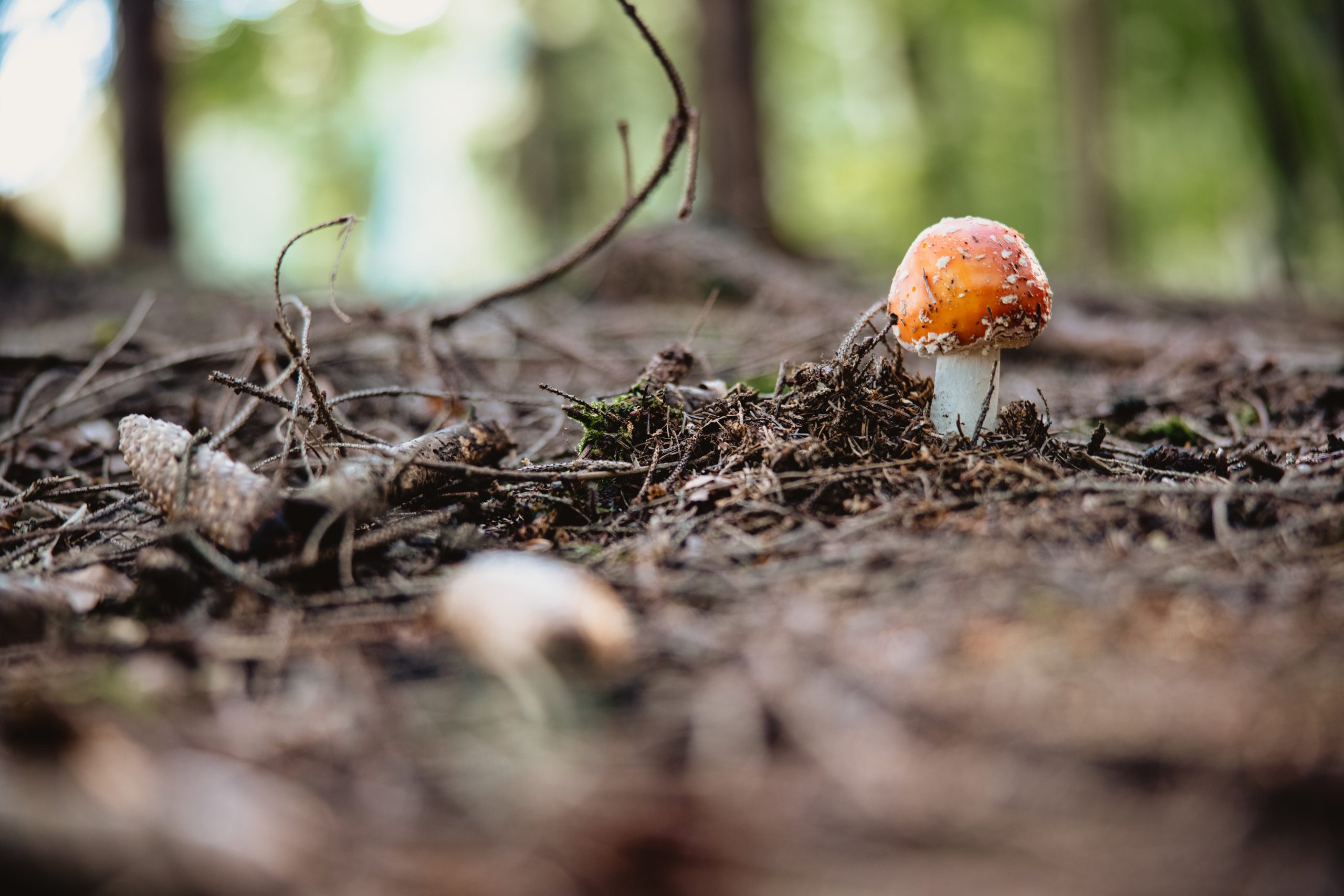As the world undergoes development and urbanisation, urban cities become more polluted as industries generate toxic waste that is harmful to human health and the environment. For many decades, ineffective waste management has contributed to this ongoing problem.
A study conducted by Associate Professor Dr. Ong Ghim Hock, Ms. Tan Jia Wen, Dr. Wong Rui Rui and Dr. Wong Kok Kee from the Faculty of Health and Life Sciences at INTI International University, revealed the prevalence of fungi degrading or converting pollutants into harmless compounds which can safeguard the environment.
With his team, Dr. Ong discovered that industrial products frequently polluted the environment by releasing hydrocarbons, namely polycyclic aromatic hydrocarbons (PAHs). PAHs, also known as chemical components, are durable and difficult to degrade when being released and absorbed into the soil.
“These chemical components contain mutagens and carcinogens that can cause cancer and genetic mutations to our people. It is an issue that we should strongly address,” said Dr. Ong.
When asked about how these chemical components are produced, he said they come from man-made pollutants released into the environment. Man-made pollutants include consumption, waste disposal, industrial production, transportation, and energy generation can threaten human health, the natural ecosystem, and the environment.
To remove these chemicals from the environment, he further explained that much attention is given to remediating these components for a safer environment.
“According to a reported study, fungi have the highest potential for degrading these PAHs. Ganoderma lucidum and Aspergillus flavus both achieved the highest degradation percentages, nearly completely degrading all PAH pollutants in the soil.
This makes them both the best potential candidates for degrading PAHs,” he added.
The study also noted that an increase in industrial urbanisation has had a significant impact on the environment in Peninsular Malaysia. Sediment in the country would continue to ingest more PAHs which raises the likelihood of these chemicals entering the food chain and harming the ecosystem.
“Therefore, the need for eco-friendly remediation, known as the mycoremediation method, was highlighted to tackle the complex chemical pollutants released into the environment. Mycoremediation uses fungi to degrade or convert pollutants into harmless or less harmful compounds, indirectly making the world safer,” said Dr. Ong.
The findings also demonstrated that among non-ligninolytic fungi, A. flavus has the highest efficiency as it can degrade more than six types of PAHs, while A. niger, T. asperellum, S. brevicaulis, P. simplicissium and F. solani achieved moderate degradation percentages towards at least two types of PAHs.
He also pointed out that society needs to be more proactive in playing a role to make the world greener.
“Polluting our soils means polluting our future. Evidently, released toxins will affect the entire ecosystem, but many people still take things for granted. More environmental campaigns for behavioural change are needed,” he said.
Concluding the research, he said that by making the world a safer place for our children, we must begin with ourselves by being more conscious of how we dispose waste and attempt to recycle and reuse items.
“Working with industrial partners and government agencies to raise awareness and market the importance of proper disposal, or remediation of chemical components to avoid further pollution and ecosystem breakdown are also ways to address this,” said Dr. Ong
 Dr. Ong Ghim’s research titled ‘Potential Fungi to Remediate Polycyclic Aromatic Hydrocarbons in Contaminated Soil’ revealed a prevalence of fungi degrading or converting pollutants into harmless compounds that can safeguard the environment.
Dr. Ong Ghim’s research titled ‘Potential Fungi to Remediate Polycyclic Aromatic Hydrocarbons in Contaminated Soil’ revealed a prevalence of fungi degrading or converting pollutants into harmless compounds that can safeguard the environment. Mycoremediation uses fungi to degrade or convert pollutants into harmless or less harmful compounds, indirectly making the world better.
Mycoremediation uses fungi to degrade or convert pollutants into harmless or less harmful compounds, indirectly making the world better.